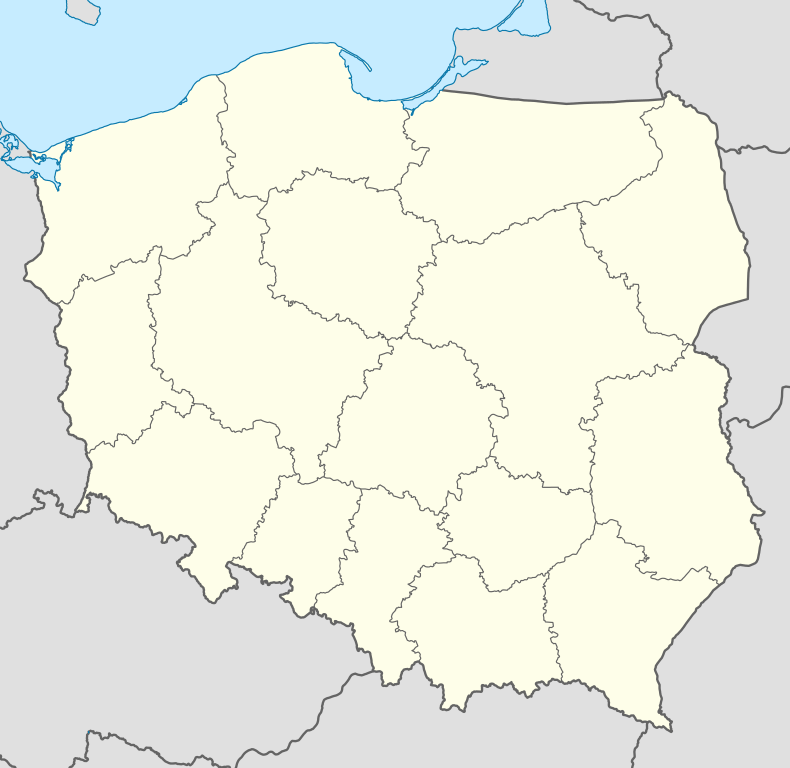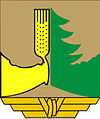Iłowo-Osada
| Iłowo-Osada | |
|---|---|
| Village | |
 Iłowo-Osada | |
| Coordinates: 53°10′1″N 20°17′35″E / 53.16694°N 20.29306°E | |
| Country |
|
| Voivodeship | Warmian-Masurian |
| County | Działdowo |
| Gmina | Iłowo-Osada |
| Population | 2,800 |
Iłowo-Osada pronounced [iˈwɔvɔ - ɔˈsada] (German: Illowo) is a village in Działdowo County, Warmian-Masurian Voivodeship, in northern Poland. It is the seat of the gmina (administrative district) called Gmina Iłowo-Osada.[1] It lies approximately 11 kilometres (7 mi) south-east of Działdowo and 70 km (43 mi) south of the regional capital Olsztyn.
The village has a population of 2,800.
World War II

Following the invasion of Poland by Nazi Germany, Iłowo became the location of one of three sub-camps of the Soldau concentration camp in neaby Działdowo. The Iłowo transit camp existed in 1941–45. Prisoners were held at a brick building (pictured) and the adjacent barracks.[2]
Up to 2,000 Polish children 5-years-old and younger were among the prisoners as well as pregnant women-inmates awaiting birth. The men, including Poles and the Soviets (following Operation Barbarossa), were kept there usually for several days only. Many children belonged to slave labourers already deported to the Third Reich. The children underwent selection for Germanization before being sent to German families. Among those who were not selected death rate was very high. There were no medicines in the camp and no doctors. The food and water were rationed. After giving birth women prisoners were sent back to work camps.[3][4]
Notable residents
- Oskar Kummetz (1891–1980), admiral
- Hans Kummetz (1890-1918), flying ace
References
- ↑ "Central Statistical Office (GUS) - TERYT (National Register of Territorial Land Apportionment Journal)" (in Polish). 2008-06-01.
- ↑ Obóz przejściowy w Iłowie (Transit camp in Iłowo) Info Poland.org 2010. Published by Urząd Gminy Iłowo-Osada.
- ↑ Iłowo: warto zobaczyć (Iłowo points of interest) Ilowo.wm.pl, 2010-09-27.
- ↑ Iłowo-Osada. Hitlerowski Obóz Przejściowy Soldau (KL) Polska Niezwykła: warmińsko-mazurskie. Przewodnik.
| ||||||||||||
